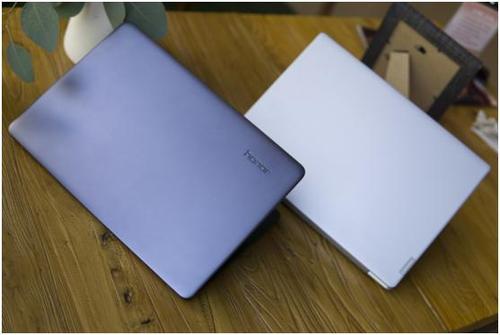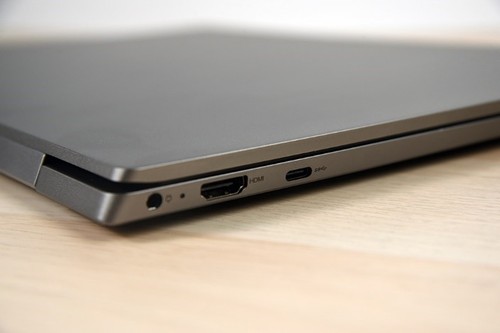
Computers have now become an unavailable device in our lives. The road it traveled was unimaginable. The world's first computer was built at the University of Pennsylvania in the United States. Its name is ENIAC. It is a huge object, weighing 30 tons, covering 147 square meters, and as tall as a three-story building.
Of course, such large computers could not be used at home. But later on, small computers were born and began to enter the office. The size and cost of the small form factor came down considerably. But for the home user, the small machines of the time cost several thousand dollars. Tens of thousands of dollars in today's terms, still too expensive. And even the smallest of small machines required almost an entire desk top or cabinet to stack.

In the 1960s, there was hope for microcomputers with the rise of integrated circuits. In 1971, Intel was the first to introduce the 8-bit microprocessor, the 4004, with the computing power of an ENIAC occupying an entire room on a chip the size of a fingernail, and at a price of $60. And it was priced at only $60 at the time. Such a low price attracted many people.
In 1985, Microsoft made a strong push to provide a graphical operating system for the PC with Windows 1.0. The color display of the PC/AT offered a lot more potential than the black-and-white screen of the MAC. The first generation of Windows looked like a copy of the MAC operating system. But, the one operating system that Windows has developed successfully is Windows 3.0 five years later.

At the beginning of the twenty-first century, the popularity of home computers was already widespread. Although computers at that time had very large displays, who would have thought that they would shrink to a few centimeters in size in just a decade. The development of computer accessories has also been very rapid. Today's CPUs are ridiculously powerful, small and light. If it were in the 1980s, it would definitely be hailed as a super-age product.
The wheel of history rolls on, and the tide of time always surprises us. As the technology of large-scale integrated circuits matured, personal handheld devices for general users, also known as fourth-generation computers, were born.